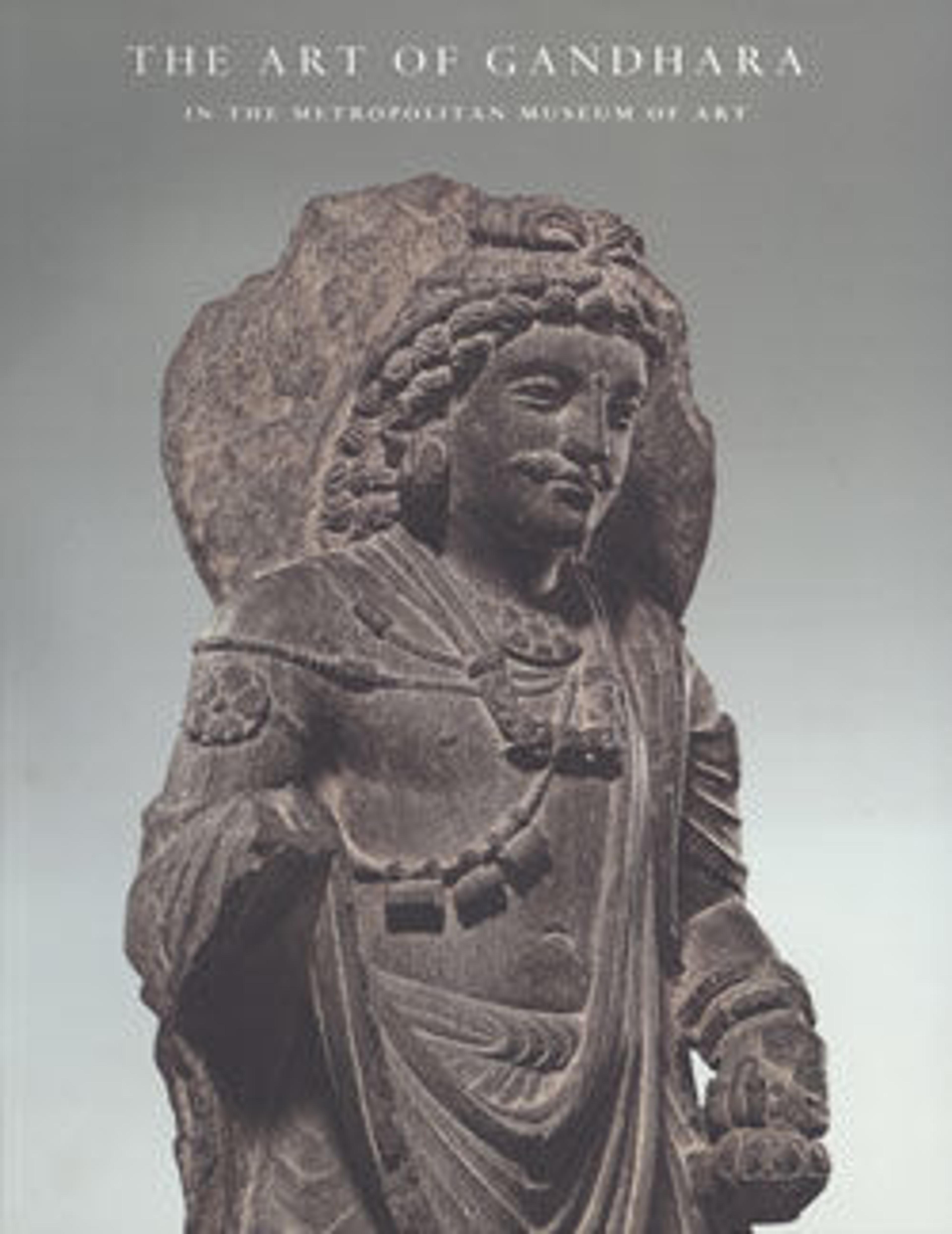Shallow dish with high relief figures of Isis and falcon-headed Horus
The interior of this shallow bowl is carved with the busts in high relief of a hawk-headed deity crowned with a sun disk and horns and a female figure, both resting on the petals of a lotus flower in low relief. The female may be Isis, identified by the knot in her garment, with Horus in his falcon rather than his child form. The space around the central device is fluted, and the rim is adorned with laurel wreaths whose tips meet above the heads of the figures. The exterior is ornamented with a four-petalled rosette surrounded by a rope pattern, laurel wreaths, and grape vines.
Small dishes of this type were particularly popular in Upper Egypt during the Roman period. There is little to assist in determining the date, but the feathered neck of the Horus figure suggests disintegration of pharaonic conventions for combining animal and human figures.
Small dishes of this type were particularly popular in Upper Egypt during the Roman period. There is little to assist in determining the date, but the feathered neck of the Horus figure suggests disintegration of pharaonic conventions for combining animal and human figures.
Artwork Details
- Title:Shallow dish with high relief figures of Isis and falcon-headed Horus
- Period:Roman Period
- Date:A.D. 2nd century perhaps
- Geography:From Egypt
- Medium:Steatite
- Dimensions:Diam. 9 cm (3 9/16 in.)
- Credit Line:Rogers Fund, 1911
- Object Number:11.150.48
- Curatorial Department: Egyptian Art
More Artwork
Research Resources
The Met provides unparalleled resources for research and welcomes an international community of students and scholars. The Met's Open Access API is where creators and researchers can connect to the The Met collection. Open Access data and public domain images are available for unrestricted commercial and noncommercial use without permission or fee.
To request images under copyright and other restrictions, please use this Image Request form.
Feedback
We continue to research and examine historical and cultural context for objects in The Met collection. If you have comments or questions about this object record, please contact us using the form below. The Museum looks forward to receiving your comments.
